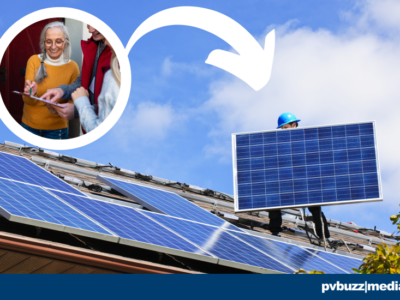- While solar appears cheaper than nuclear, intermittency means solar plants operate at 20 to 30 percent of capacity. This is lower than the 90 percent average for a nuclear plant.
- But at current estimates, a nuclear plant is nearly 10 times more expensive to build than utility-scale solar on a cost per KW basis.
- So, is it worth building more nuclear plants today? Or subsidizing the comparatively low cost of solar energy?
This new decade has already marred by global crises, most notably the wildfires spreading devastation throughout Australia. The inferno invokes a deep sense of loss and acts as a stark reminder that action to avoid the worst impacts of climate change is coming much too slowly.
The decade of the 20s is likely to bring transformational change to global energy systems. Younger generations, emboldened by ever-worsening climate news, they gotten involved in activism, have gotten louder, more political, and more determined to see global energy systems decarbonize.
The speed at which decarbonization needs to occur to avoid the worst impacts of climate change begs the question.
Is it worth building more nuclear plants today? Or subsidizing the high cost of solar energy?
Economics of Nuclear Energy
Determining which sources of energy are most viable for global decarbonization is highly complex and requires an analysis of economic, social, and environmental factors. Energy sources which make for poor investments will face strong political opposition and will struggle to scale capacity due to financing difficulties.
Bearing this in mind, the 2019 World Nuclear Industry Status Report indicated that the production costs of nuclear energy are increasing over time. Per megawatt, nuclear energy costs range anywhere between $112 to $189 US, averaging around $150.
This is roughly three times the cost of solar energy per megawatt, which comes in around $40 per megawatt. The price analysis in the World Nuclear Industry Status Report is based on Levelized Costs, which calculate the total production and operational costs of an energy plant.
The high price tag associated with nuclear energy is largely due to project complexity, as nuclear plants must meet strict licensing and design regulations.
Nuclear technology also lacks industry-wide standardization, further decreasing economic efficiency. The price of decommissioning and disposing of toxic waste additionally increases the lifetime costs of a nuclear power plant.
A report published in 2017 by the U.S Energy Information Administration detailed that decommissioning a nuclear plant can cost as much as 1 billion dollars.
This enormous price tag largely stems from decontaminating the project site of residual radioactivity, which is both time consuming and a highly specialized process.
Environmental Impacts of Nuclear Energy
Advocates of nuclear energy often tout it as a green source of fuel, as there are no operational greenhouse gases released during the production of energy. While accurate, the claim is not entirely forthcoming. In the development phase of the project site, greenhouse gases are released during the transport of required materials, as well as during the construction process itself.
Procuring the necessary uranium required to generate energy is also carbon-intensive, and frequently occurs in countries with lax environmental regulations. Toxic by-products produced during nuclear fission also represent a significant challenge, as there is still no way to dispose of it safely.
The current practice of burying and (attempting to) forgetting about the waste’s existence is irresponsible and in direct conflict with the precautionary principle, a pinnacle of environmental management. While not as damaging to the environment as coal, oil, or natural gas, nuclear energy falls far short of achieving the insignificant environmental footprint of solar, wind or other green renewable energy sources.
Health Impacts of Nuclear Energy
Nuclear energy often faces strong community backlash (the “not in my backyard” phenomenon) than other forms of energy, as nuclear meltdowns at Chernobyl and Fukushima have made global populations weary. There have been significant safety improvements over the last few decades, which have made nuclear plants far safer than is often perceived.
However, that’s not to say there aren’t any risks associated with the technology. Nuclear power plants consistently emit low levels of radiation.
There are conflicting studies on potential repercussions; however, early findings in scientific research suggests that there is a link between long term exposure to low levels of radiation and cancer. In comparison, solar or wind energy have net positive benefits on community health.
The National Renewable Energy Laboratory found that “widespread solar adoption would significantly reduce nitrous oxides, sulfur dioxide, and particulate matter emissions, all of which can cause health problems. The National Renewable Energy Laboratory found that, among other health benefits, solar power results in fewer cases of chronic bronchitis, respiratory and cardiovascular problems, and lost workdays related to health issues.”
Countries that have already adopted nuclear energy are likely to maintain their usage for the time being.
Looking to the future, the eventual displacement of nuclear in favor of solar and wind energy seems increasingly likely.
The massive price disparity in producing nuclear and green energy alone ensures an eventual market transition.
When coupling together the social and environmental impacts, it’s clear that nuclear energy is quickly becoming obsolete.
Solar and wind energy, combined with other, smaller renewable sources, represent the fastest, most efficient, and the most attainable chance at achieving decarbonization to curb climate change.












Comments